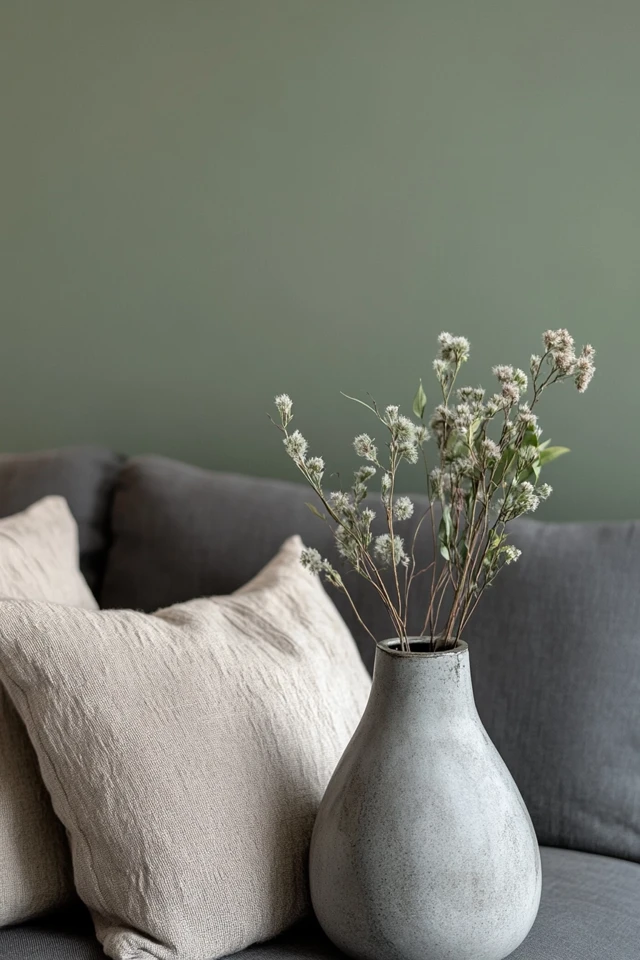Scandinavian design has a timeless appeal, defined by its simplicity, functionality, and connection to nature. Among its many signature elements, monochromatic color schemes stand out as a versatile and impactful design tool. Rooted in the principles of minimalism, a monochromatic palette focuses on variations of a single color, creating a harmonious and cohesive look that embodies the serene beauty of Nordic interiors. Whether you choose shades of gray, white, beige, or even muted blues, a monochromatic approach offers endless opportunities to craft a space that feels both calming and sophisticated.
I fell in love with the concept of monochromatic design while experimenting with my living room. Inspired by Scandinavian interiors I had seen, I decided to layer shades of gray—from the soft dove hue of my walls to the charcoal accents in my furniture. The result was a balanced, tranquil space that felt anything but monotonous. By introducing textures, patterns, and subtle tonal variations, the monochromatic scheme came alive, proving that simplicity can be just as impactful as bold, colorful designs.
If you’re ready to embrace the elegance of monochromatic color schemes in your Scandinavian-inspired home, this guide will walk you through how to make the most of this approach, from choosing the right palette to layering textures and creating balance.
Why Monochromatic Color Schemes Work in Scandinavian Design
Simplicity and Minimalism
Scandinavian design thrives on the principle of “less is more,” and monochromatic color schemes are a natural extension of this ethos. By focusing on a single color family, you eliminate visual clutter and allow the design to feel clean, open, and cohesive. The result is a space that radiates tranquility and effortless sophistication.
For example, a room styled entirely in shades of white feels airy and spacious, while the subtle tonal variations prevent it from appearing flat or sterile.
Enhances Natural Light
Scandinavian interiors are renowned for their bright, light-filled spaces, and monochromatic palettes play a key role in enhancing this effect. Lighter tones, such as whites, creams, and soft grays, reflect natural light, making rooms feel larger and more inviting.
Tip: Pair light walls with slightly darker furniture or accents to add depth while maintaining the luminous quality of the space.
Creates a Cohesive Aesthetic
A monochromatic palette ensures that every element in the room works together seamlessly, creating a sense of harmony. This cohesive approach makes it easier to blend furniture, décor, and architectural details without the risk of clashing colors.
Example: In a monochromatic beige palette, a tan leather sofa, a light oak coffee table, and sandy-toned textiles work together to create a unified yet dynamic look.
How to Choose the Right Monochromatic Palette
1. Start with a Base Color
Select a base color that aligns with the mood you want to create. For a classic Scandinavian look, whites, grays, and beiges are popular choices. However, muted pastels like dusty blue or sage green can also work beautifully if you’re looking to add a hint of color while staying within the Nordic aesthetic.
Tip: Consider the natural lighting in your space. Cooler tones, such as grays and blues, work well in bright, sunlit rooms, while warmer tones, like beige and taupe, create a cozy atmosphere in spaces with softer lighting.
2. Explore Tonal Variations
A monochromatic scheme doesn’t mean using just one shade. Explore different tones, tints, and shades of your chosen color to add depth and interest. For instance, if your base color is gray, you can layer light dove gray walls, medium gray upholstery, and dark charcoal accents.
Tip: Use paint swatches to experiment with how different shades of the same color interact in the space.
3. Choose Accent Colors Carefully
While monochromatic schemes focus on one primary color family, small accents in complementary or contrasting colors can add subtle vibrancy. For example, a gray monochromatic room might include a single warm-toned wood element or a black metal fixture to break up the uniformity without disrupting the palette.
Example: In a white monochromatic space, a natural jute rug or a tan leather armchair adds warmth while staying within the Scandinavian style.
Tips for Creating a Monochromatic Scandinavian Space
Layer Textures
One of the keys to making a monochromatic space feel dynamic is incorporating a variety of textures. In Scandinavian design, natural materials like wood, wool, linen, and leather bring warmth and tactile interest to a room, preventing it from feeling flat or one-dimensional.
Example: Pair a plush wool rug with a sleek wooden coffee table, a linen sofa, and soft cotton cushions—all in shades of gray or beige. The interplay of textures will add depth and richness to the space.
Use Patterns Sparingly
Patterns can add subtle visual interest to a monochromatic room, but they should be used sparingly to maintain the clean, minimalist aesthetic of Scandinavian design. Look for patterns in neutral tones that align with your color palette, such as stripes, herringbone, or geometric motifs.
Idea: A beige throw blanket with a subtle herringbone pattern adds a touch of detail to a monochromatic beige room without overwhelming the simplicity.
Emphasize Natural Light
Scandinavian interiors rely heavily on natural light to enhance the softness of a monochromatic palette. Keep windows unobstructed or use sheer white curtains to allow light to filter through. Mirrors can also help reflect light around the room, making it feel brighter and more open.
Tip: Position furniture to take advantage of natural light, such as placing a reading nook near a window or a light-toned rug in the center of the room.
Add Contrast with Darker Accents
To prevent a monochromatic room from feeling too uniform, incorporate darker accents for contrast. In a gray palette, this could mean using dark charcoal throw pillows or a black metal pendant light. These elements add visual weight and help define the space.
Example: In a white monochromatic kitchen, black cabinet handles or dark gray countertops provide just enough contrast to keep the design visually engaging.
Focus on Functional and Beautiful Furniture
Scandinavian design emphasizes furniture that is both functional and beautiful, and this principle is especially important in a monochromatic space. Choose pieces with clean lines, simple shapes, and high-quality materials that enhance the overall aesthetic without competing for attention.
Tip: Opt for furniture in your base color or complementary shades to ensure it blends seamlessly with the rest of the room.
Incorporate Organic Elements
Natural elements like plants, wooden accents, and stone details add a sense of life and warmth to monochromatic Scandinavian spaces. A simple potted plant or a light oak shelf can break up the uniformity of a single-color palette while staying true to the Nordic connection to nature.
Idea: Add a small cluster of potted plants in white ceramic planters to a gray monochromatic room for a refreshing touch of greenery.
Picture Gallery

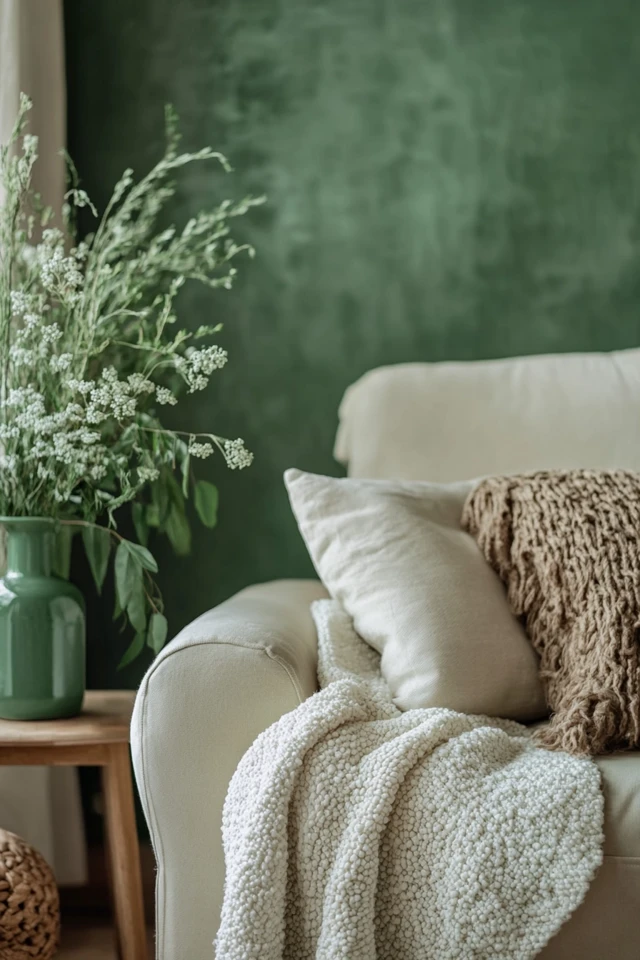
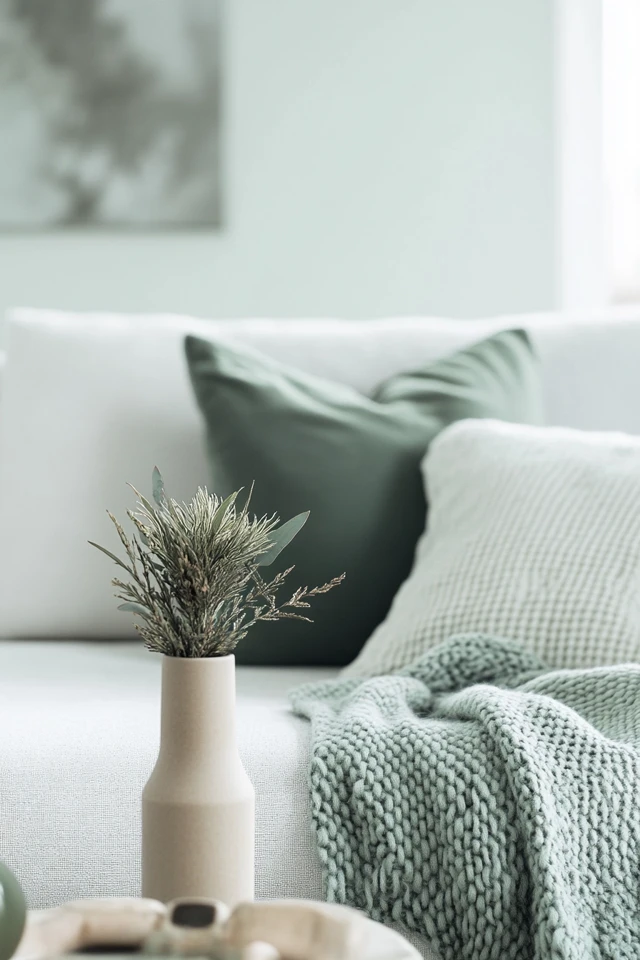
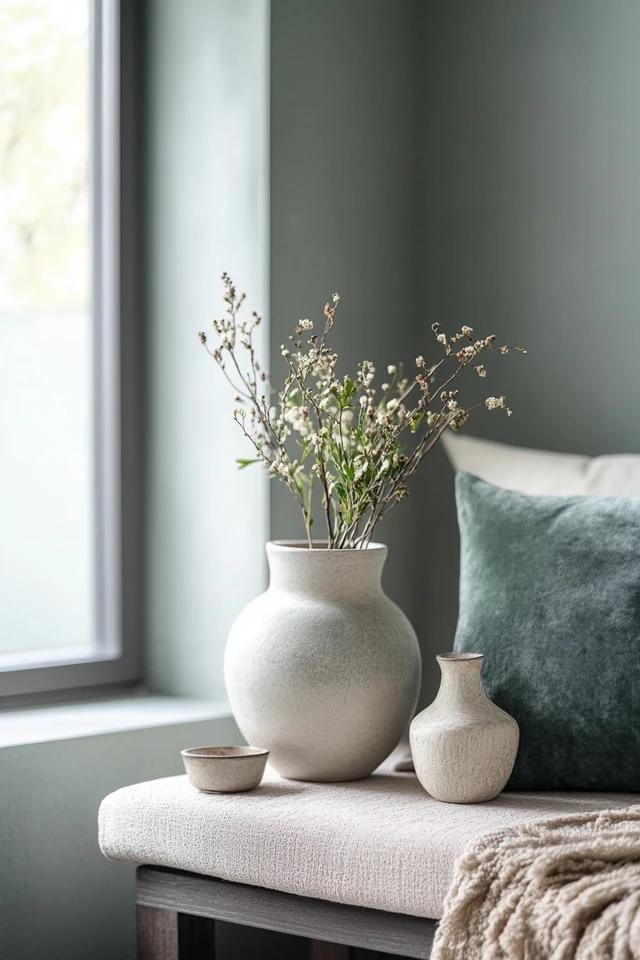
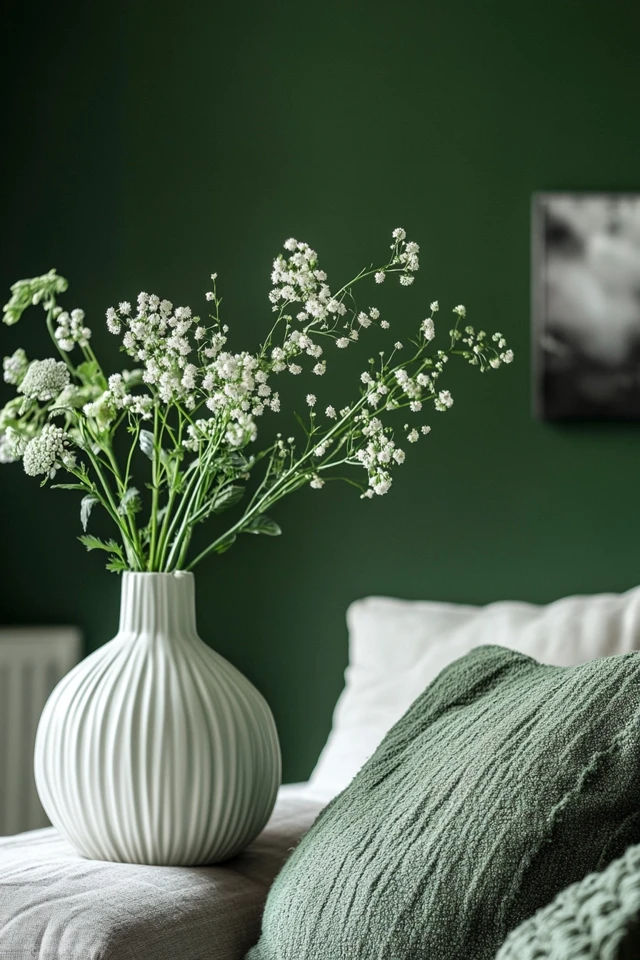
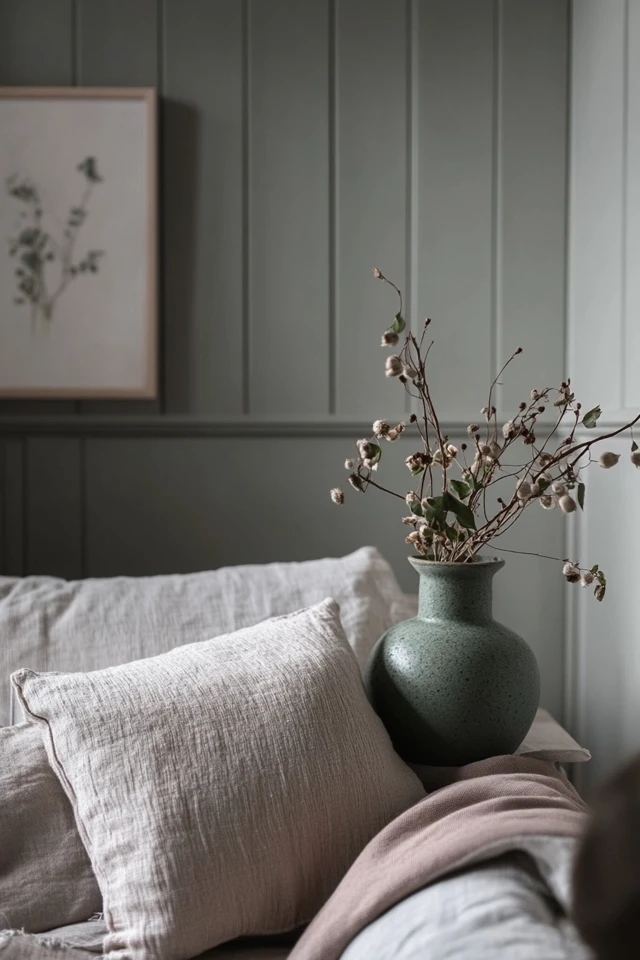
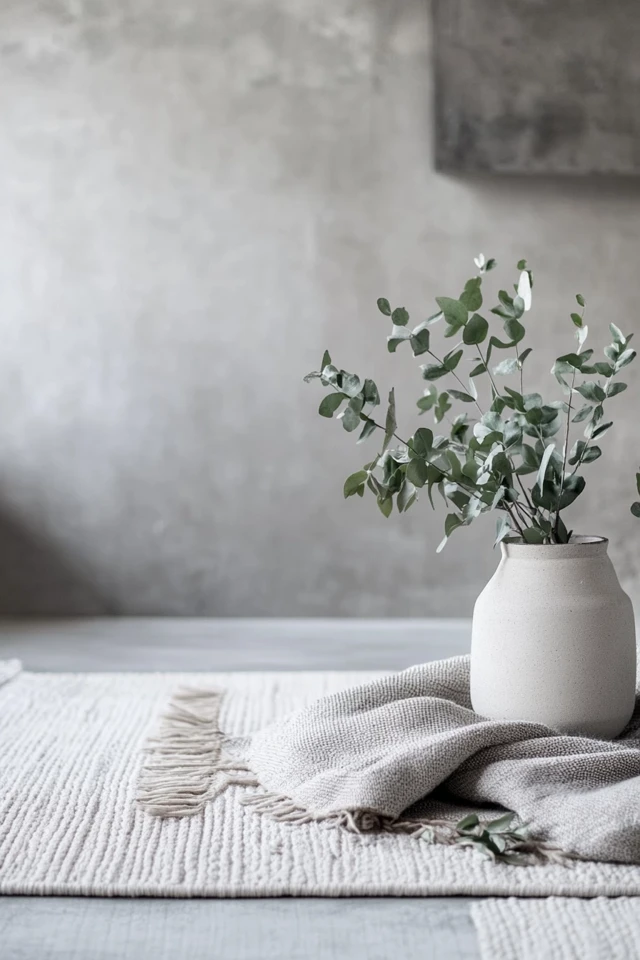
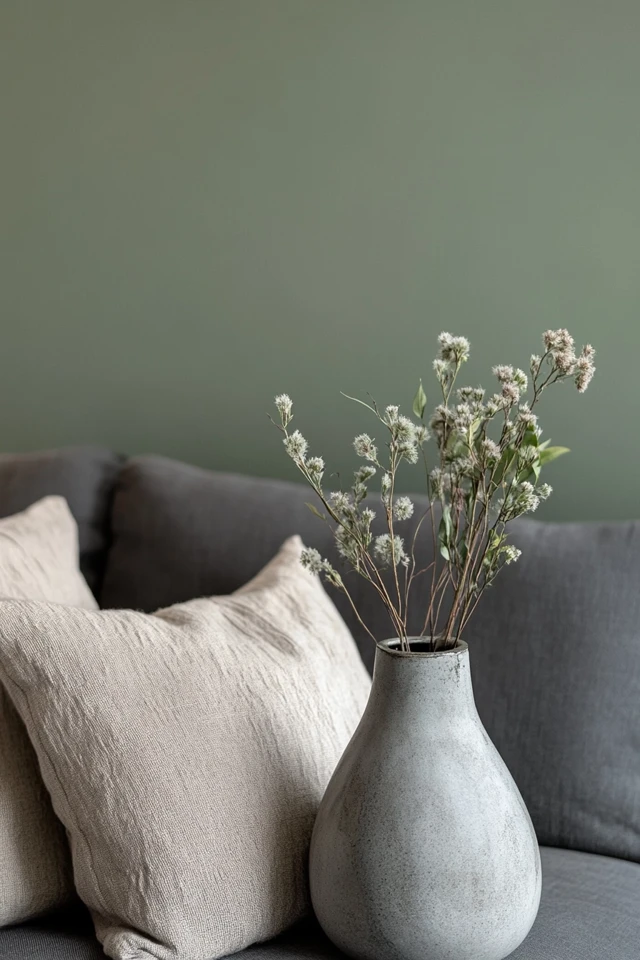
FAQ Section
1. Does a monochromatic scheme work for small spaces?
Yes! Monochromatic schemes are perfect for small spaces because they create a sense of visual continuity, making the room feel larger and more cohesive. Use lighter tones to maximize brightness.
2. How do I keep a monochromatic room from looking dull?
Layer textures, incorporate subtle patterns, and use tonal variations within the color palette to add depth and interest. Small accents, like wood or metal, can also break up the uniformity.
3. Can I use color in a monochromatic Scandinavian room?
While the focus is on a single color family, subtle accents in complementary colors or natural materials, like greenery or warm wood tones, can add vibrancy without disrupting the palette.
4. What’s the best base color for a Scandinavian monochromatic palette?
Popular choices include white, gray, beige, and muted pastels like dusty blue or sage green. The best color depends on the mood and lighting in your space.
5. What furniture works best in a monochromatic space?
Functional, minimalist furniture with clean lines and high-quality materials fits seamlessly into a monochromatic Scandinavian room. Look for pieces in neutral tones that complement the overall palette.
Variations
- Classic White: Layer different shades of white with natural wood accents for a bright, airy space.
- Moody Gray: Use tonal variations of gray to create a calming, contemporary look. Add black accents for contrast.
- Earthy Beige: Pair warm beige tones with tan leather, woven textures, and light wood for a cozy, organic feel.
- Soft Blue: Incorporate pale blue shades with white and gray accents for a fresh, serene atmosphere.
How to Showcase This Design
Living Room Serenity
A gray monochromatic living room can feature a soft gray sofa, a light gray rug, and darker gray cushions, with wooden coffee tables to add warmth.
Bedroom Tranquility
Style a beige monochromatic bedroom with linen bedding, a natural wood headboard, and a soft wool throw in a slightly darker tone.
Kitchen Minimalism
A white monochromatic kitchen can include white cabinets, light gray countertops, and brushed metal fixtures, creating a crisp, cohesive look.
Conclusion
Monochromatic color schemes are a cornerstone of Scandinavian design, offering a versatile way to create serene, harmonious spaces. By focusing on tonal variations, layering textures, and incorporating natural elements, you can craft a room that feels both simple and sophisticated. Whether you’re designing a living room, bedroom, or kitchen, a monochromatic palette is the perfect foundation for a timeless Scandinavian aesthetic. Explore these tips and start transforming your home into a haven of Nordic-inspired tranquility.

